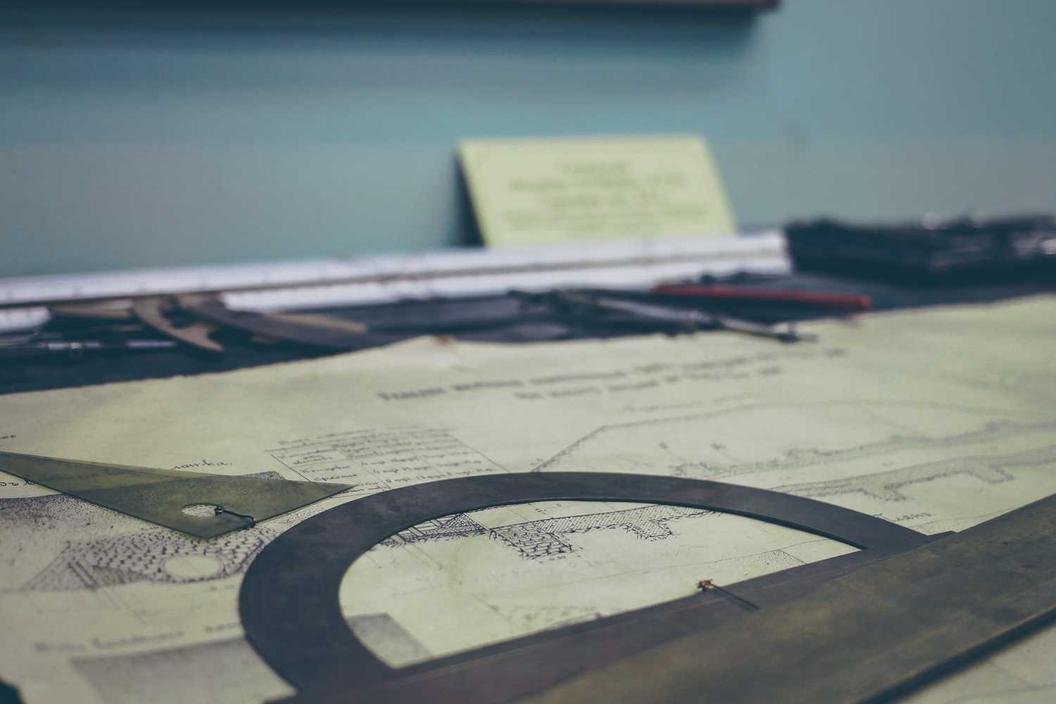Contact Us
(828) 538-2040Reimagining Solar Construction: The Rise of Automated Robotics
Imagine a world where solar construction is not only efficient but also remarkably precise. This innovative vision is becoming a reality as automation takes center stage in the solar industry. With the integration of robotics, companies are now streamlining their operations, ensuring projects are completed faster and at a higher quality than ever before.
The Power of Automation in Solar Projects
What if I told you there’s a way to revolutionize the construction of solar installations? By harnessing the capabilities of robotics, businesses can reduce labor costs and enhance safety on job sites. For instance, robots can undertake repetitive or hazardous tasks, allowing human workers to focus on more complex areas that require critical thinking and creativity.
Real-World Success Stories
- Case Study: The Future of Solar Farms – A leading solar company recently deployed robotic systems to assist with panel installation. This method reduced installation time by 30% and significantly minimized waste, illustrating how technology can drive eco-friendly practices within the industry.
- Efficiency Statistics – Recent studies indicate that automation in construction can lead to up to a 20% reduction in overall project costs while improving project timelines. Imagine the savings translating into lower energy prices for consumers!
Enhancing Quality and Reducing Error
The integration of robotics does not merely speed up projects; it also dramatically enhances quality. Picture this: machines equipped with advanced sensors and AI algorithms working tirelessly to ensure every solar panel is perfectly aligned and securely fastened. This level of precision reduces the likelihood of costly errors, ultimately saving resources and time.
Innovations on the Horizon
As we look deeper into the future, innovations like autonomous drones for site surveying and robotic arms for assembly are making waves in the industry. These technologies not only promise increased efficiency but also present opportunities for establishing sustainable construction practices. For example, drones equipped with thermal imaging can identify solar panel defects before installation, further minimizing waste.
Creating a Sustainable Future
Imagine how it feels to be part of an industry that prioritizes sustainability. By embracing robotics, the solar construction sector is making significant strides towards a greener planet. Sustainable methods not only appeal to environmentally conscious consumers but also attract partnerships and investments aimed at promoting eco-friendly technologies.
Actionable Insights for Industry Leaders
For those in the solar industry looking to implement robotic solutions, consider these actionable steps:
- Invest in Research: Stay abreast of technological advancements in robotics and automation that can align with your business model.
- Seek Collaboration: Partner with tech firms specializing in construction automation to create customized solutions tailored to your operational needs.
- Educate Your Workforce: Upskill your team to work alongside robotic systems, ensuring a seamless integration of technology and human expertise.
By taking these steps, companies can not only improve their productivity but also position themselves as leaders in the future of solar energy. The shift toward robotic automation is not just a trend; it’s a transformation paving the way for a brighter, more sustainable future.
Big Hills
Author




